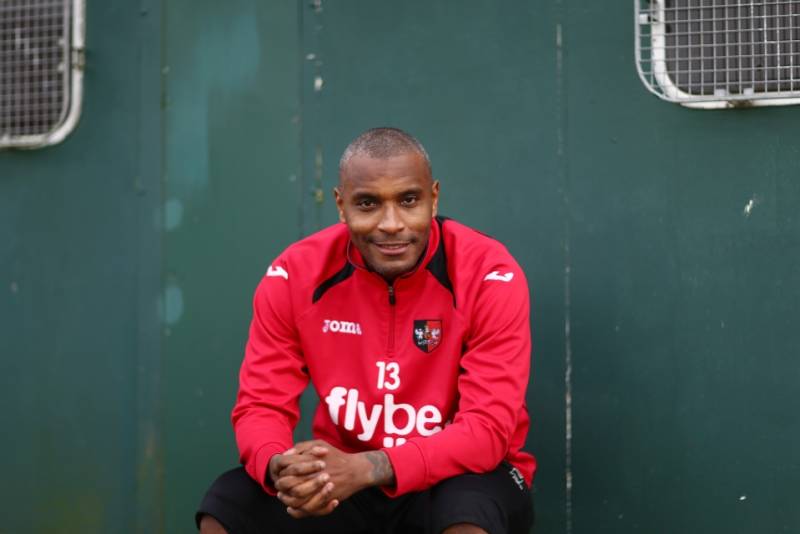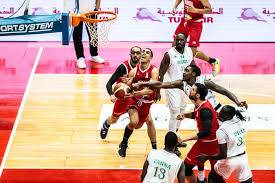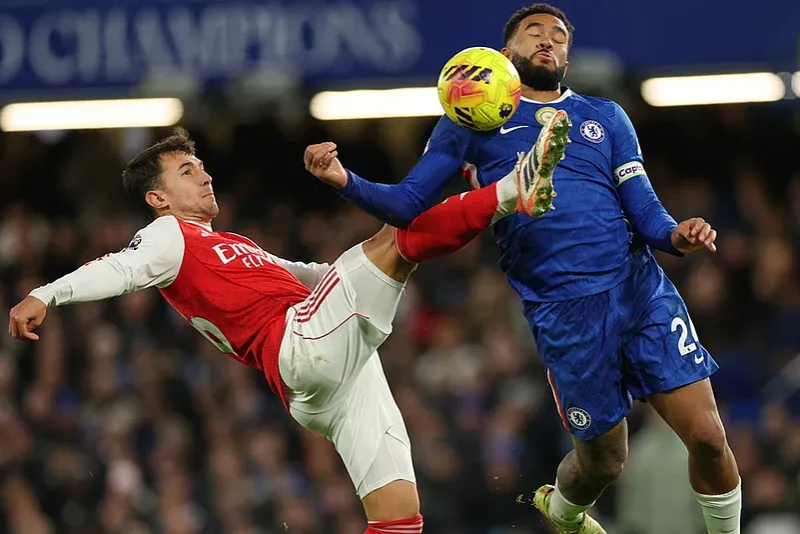I recall Saturday training sessions on the rec, sprawling green fields, and the rolling slope we ascended like a mountain in the beginning. Golas with metal studs inserted into Umbro soles and Golas moulded around size four feet come to mind. Mitre footballs and mesh bibs Passing drills and part-time coaches
It's been more than two decades. However, I recall how things were back then. On fresh Saturday mornings, we gathered on Lewisham playing greens, where seven-year-olds let loose. We were young kids drawn into a sport passed down through the Lewisham family network, a Lewisham tradition that was gradually becoming our own, the crossroads of football and Saturday mornings becoming a pattern. Every generation simply repeats the previous one. I can still see the grass, the pitches where we were baptized, from those weekends. Hilly Fields is still fresh in my mind. I have vivid memories of south London.
My childhood football team was Hillyfielders FC. My first game took place at Hilly Fields. A huge grass junction in the blue borough, with Brockley and Ladywell and Lewisham Central peacefully lapping at its sea-green shores, with thirty acres of open grass, heavy tree line, and tennis courts. It's a large parkland carved amid a residential sprawl, surrounded by Victorian and terraced homes. It's a concrete town's crown jewel, rising 175 feet above sea level. From our Everest, you can witness steel mountains rising from the soil, sparkling along a glass-paneled shorefront, as well as the metropolitan skyline's skyscrapers.
Ron Bell, a local coach and the uncle of a youngster from our community, started organizing training sessions in the park in the late 1990s, attracting swarms of south London infants. Fathers drew young boys into the process in the hopes of seeing their family name written on Premier League jerseys one day. We found our feet on that turf, swung skinny legs at size 3 footballs, scurried across the short grass, and acclimatized to our new environment.
But we were not the first. There were other Black boys in other decades who came before us, kids who stumbled to their feet on the same turf. A Hilly Fields FC played these grounds through the 60s and 70s, with a few solitary Black faces speckled among the traditional team photos on club archive websites. A boy named Don Fields and another named Delroy Richards, a Vic Banton and an Albert St Clair: Black kids with tight afros, south London footballers frozen in time. Ian Wright played these fields in the late 60s too, before Palace, before Arsenal and England, before he became Arsenal’s top goal scorer, pulling his shirt over his face at Highbury and revealing “179 Just Done It” underneath. “I never lost a game playing in Hilly Fields,” he once said. “Never lost a game.”
Footballers are symbols, an illustration of changing social and economic dynamics, of immigration and new communities that have taken root. I was born in 1992, during a time when Lewisham and south London had been imposing their will on British football. The early 90s, a time when Arsenal’s David Rocastle had come out of the Honor Oak estate in Brockley, and Wright had come with him. The Wallace brothers: Danny, Rod and Ray out of Deptford in the north of the borough, who went on to play for Southampton together, Rod winning the old first division with Leeds in the year before it became the Premier League. Chris Powell, Kevin Campbell, Michael Thomas, Paul Davis. Their collective presence was an indicator of how things were in south London, how things are, how they will be.
How a community comes to congregate in a road, a borough, a city often remains unwritten. These stories lie in family folklore, in oral histories that never reach official records. And so, while there is no definitive reason as to why Black communities wandered south into Lewisham, in the Characterisation Study published by Lewisham council in 2019, the suggestion is that Black immigrants arrived in the borough from the Caribbean throughout the 60s, searching for work in hospitals and on the railways.
James Leighton’s book Rocky: The Tears and Triumphs of David Rocastle alludes to the same, adding factory work and jobs at the docks to the motivations that pulled Black immigrants south. Rocastle’s mother, Linda, worked in Greenwich hospital; his father, Leslie, worked in local factories. Both were among a steady wave of Black settlers carving their presence into south London. In Leighton’s book, the Honor Oak estate of the 70s is portrayed as a Caribbean enclave, reminiscent of lost home countries in sight, sound and smell. Players like Rocastle, with Grenada and Trinidad in his heritage, are a sign of that early migration.




